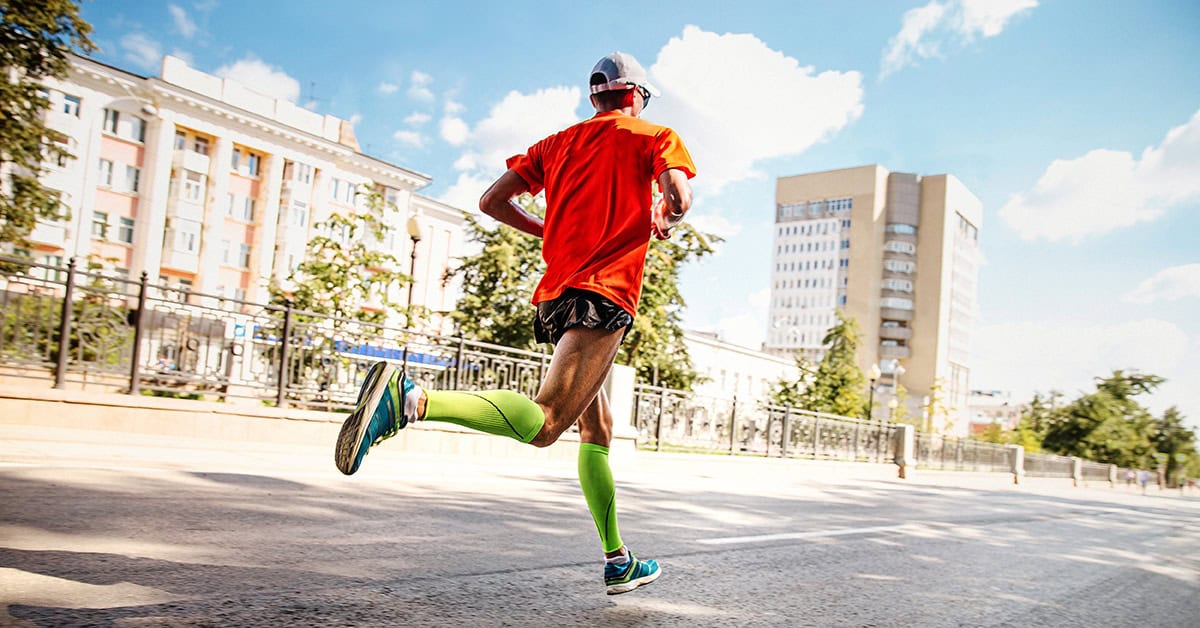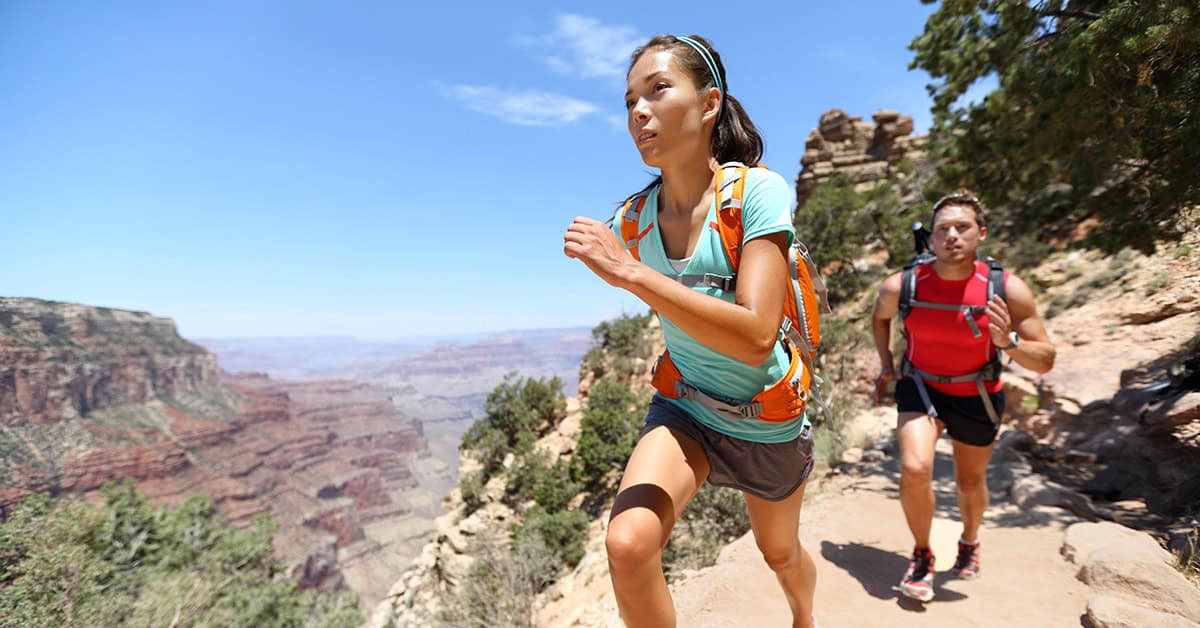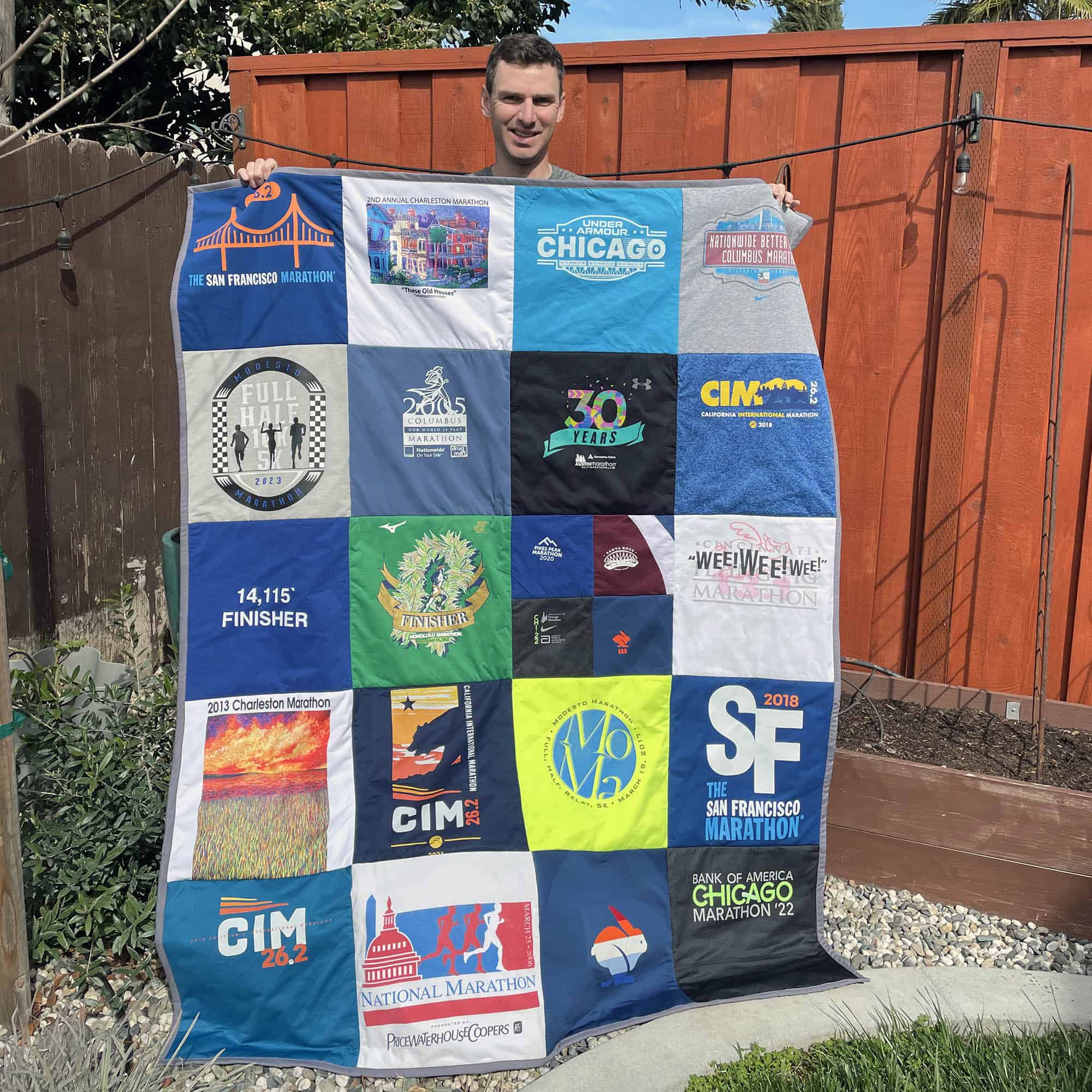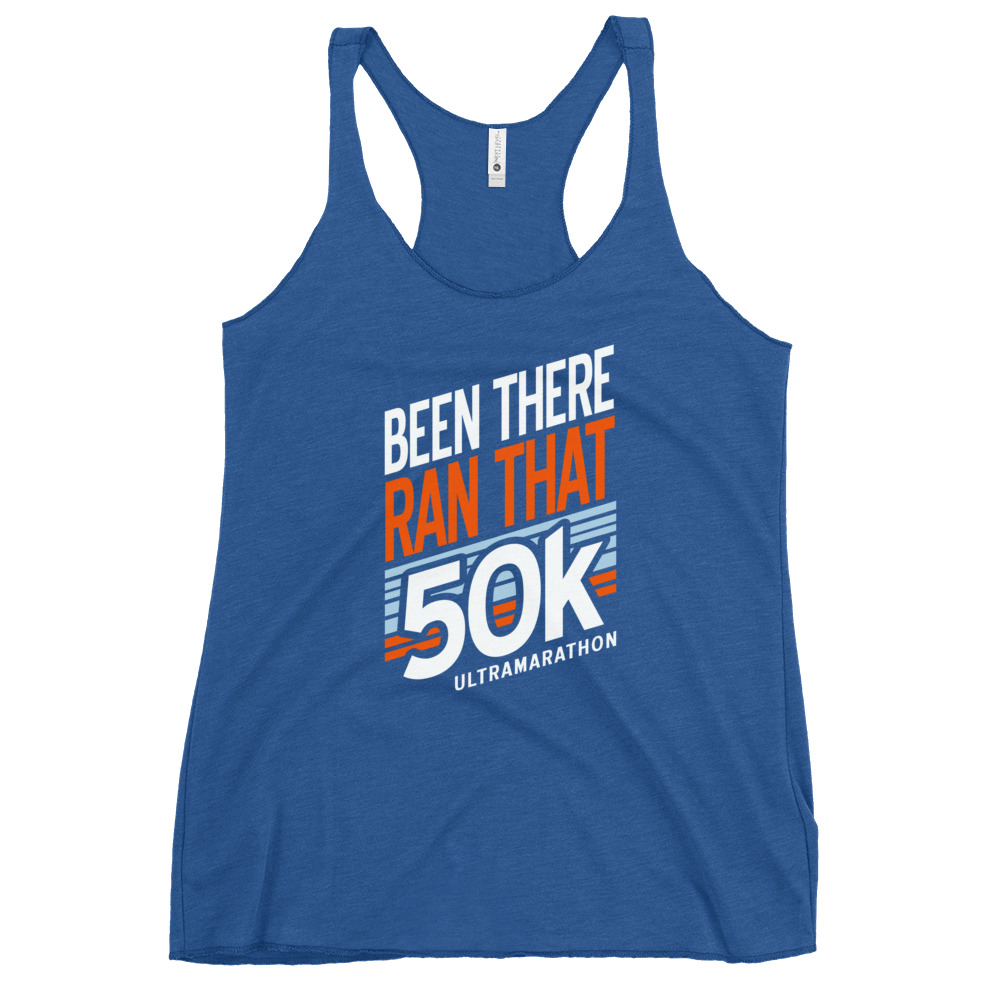It’s impossible to run in the Bay Area without confronting a steep hill, or multiple. Whether running in San Francisco or in one of the great nature preserves in our area, hills are unavoidable. Hills can be a nuisance for even the fittest of runners. Hills are challenges that help us build muscle, increase our pace, and focus our efforts. There are few greater feelings than the accomplishment of reaching the peak of a hill on training runs or in races. With the proper form and mentality, mastering the art of hill running can positively impact our running experience.
Benefits Of Running Hills
Hills help to burn calories, build muscle, and are an excellent training tool. When running uphill correctly, your body weight shifts, creating an emphasis on posterior muscles (calf, hamstring, and glutes) while reducing the impact on your knees and shins.
Inclined running is similar to the weighted bat’s baseball players use to make their normal bat feel lighter. After incorporating hills into your training regiment, flat surface running seems more comfortable.
You can blaze past competitors both uphill and downhill while conserving energy and building momentum.
Proper Hill Running Form
Your overall running technique is essential to prevent injury and increase effectiveness. When starting hill workouts, focus on the following aspects.
Look Forward:
Make sure your head is up and looking in front of your body. This is true for running on level ground too, but vital when running hills. Looking ahead keeps your body aligned, reducing the chance for injury.
Drive Your Knees:
Driving the knees up shortens your stride increasing the power of each step. The force created increases efficiency. You might feel like you are running quicker than usual, but this is because of your shortened gait.
Use Your Arms:
Don’t neglect the importance of your arms while running. Arm movement (perpendicular at the elbow driving and pumping opposite your legs) should be more rapid as you run uphill. Again, this will feel quicker than normal, but arm movement is pivotal to generating power from the legs.
Don’t Bend At The Waist:
Your body will naturally lean forward. This lean keeps your center of gravity perpendicular to the hill. The lean should generate from your ankles, not your waist. You will feel a heightened sense of being on the balls of your feet.
You will know your form is correct when your stride feels shorter with rapidly pumping arms. You will feel taller as you progress up the hill focusing on driving your knees up. As you practice proper form, emphasize the techniques, but don’t overdo any movement. When running correctly, you will feel your rapid strides propelling you towards the summit.
Don’t Forget About Going Downhill
One of the most significant errors runners make on hills is fighting the downhill portion. Running downhill is the reward for all the hard work of fighting to the hill’s crest! Don’t fight the natural momentum running downhill provides. When running downhill, you want to focus on leaning forward and use your inertia to maintain a steady pace down the hill. Don’t lean backward!
Running downhill will feel faster, obviously, but you want to focus your efforts on keeping your body relaxed. You should feel in control to avoid falling or “putting on the brakes.”
Keep Your Head Up:
Running downhill can be dangerous if you aren’t looking at the trail ahead. Just like going uphill, look forward to keep your body aligned.
Shorten Your Stride:
To keep your pace quick, but under control, shorten your stride. Your feet should be quickly hitting the ground in the middle of your foot. Too long of strides will cause your body to slow while creating a rough impact on your heels.
Engage Your Core:
Engage your core during the descent. An engaged core keeps your head upright and your arms loose. If you feel a strain on an area other than your core, your form might be a bit off. Keep your abs, glutes, and back muscles tight until you reach the bottom of the hill.
You will know when your downhill form is correct. If one aspect is off, you will feel out of control or like your feet are slamming into the ground, neither feel great. Engage your core, quicken your steps, and stay relaxed.
Go Conquer That Hill!
Hills are a challenge to any race, long run, or workout. Increased strength, stamina, and confidence are positive side effects of correctly running hills. Hills in races become an opportunity to make up time and pass throngs of less disciplined runners. When your form is down-pat, it will feel right. Next time you lace up, take on that hill with confidence!
A Training Plan that Works for You.
Our collection of running plans will help you train year-round. From 5k to a 100-mile ultramarathon, we have a training plan built for your experience level and goals. Every plan is delivered via Final Surge, allowing you to sync workouts across devices, receive daily reminders of workouts and activities, and analyze workout and target zone details. Get started today with a training plan built for you, view our running plans here.














